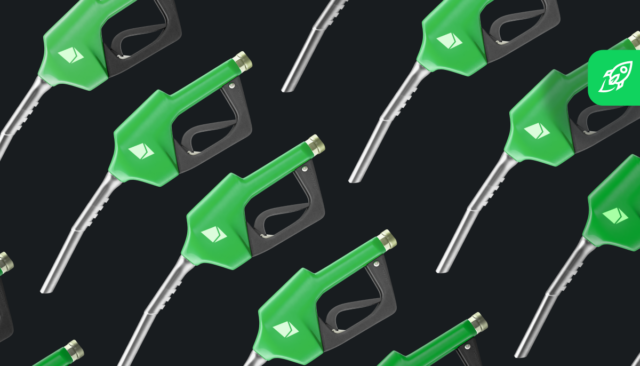
Cryptocurrencies offer a decentralized alternative to traditional fiat currencies, and they have the potential to revolutionize the way we conduct business. By using a decentralized structure, they aim to reduce the fees and barriers to international transactions.
When a transaction is processed and money changes hands, someone is compensated. That is where gas fees come in. But what exactly is gas, and how does it determine the cost of transactions on the blockchain? Let’s dive in.
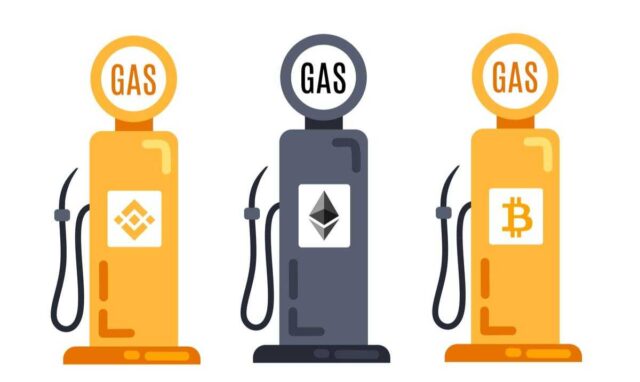
Defining Crypto Gas Fee
In order to understand gas fees, it is first important to understand the role of transaction fees on a blockchain network. When a user makes a transaction on a blockchain, they must pay a small fee in order to have that transaction processed by the network. This fee is known as a “gas fee”.
The purpose of gas fees is to incentivize users to process transactions quickly and efficiently. If a user wants their transaction to be processed quickly, they will need to pay a higher gas fee. Depending on the particular coin or token in question, these transaction fees may be referred to as gas, miner fees, or simply transaction fees.
To put it simply, gas fees refer to the cost associated with executing transactions on the blockchain. This cost is paid in cryptocurrency (usually Ethereum) and covers miners’ costs for verifying your transaction on the blockchain. As such, they are essential for securing transactions on the blockchain.
How Exactly Does Crypto Gas Fee Work?
A blockchain is a digital ledger that keeps track of all transactions. The network of computers that manage this ledger are called miners and they validate transactions by solving complex mathematical problems on the fly. This process, called mining, is what creates new units of currency for the system to use.
In contrast, cloud computing is a centralized process, usually performed at a company’s data center. Gas is used to pay miners for their work and to compensate users who are incentivized to contribute computational power to the network.
The higher the gas fee, the more incentive there is for miners to include that transaction in the next block that they mine.
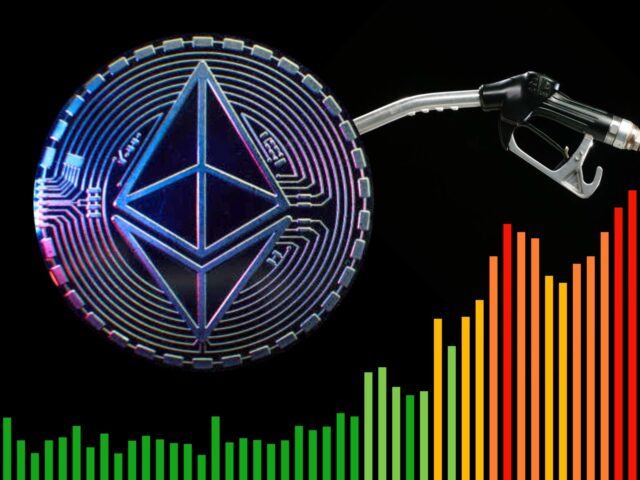
Source of Gas Fee
When you make a transaction on the Ethereum network, you’re required to pay a gas fee. The gas fee is calculated based on the size and complexity of the operation.
The gas fee is calculated using the gas limit and gas price per unit. The gas limit is the maximum amount of gas that can be used for a transaction, and the gas price per unit is the amount of ETH that is required for each unit of gas.
The Reason Why the Ethereum Gas Fee is Expensive
As the popularity of Ethereum has grown, so too has the average gas fee. This has led to some users feeling priced out of using decentralized applications (DApps) built on top of Ethereum. Nevertheless, rising gas fees are a sign that there is genuine demand for Ethereum and the DApps built on its platform.
How to Lessen Gas Fee?
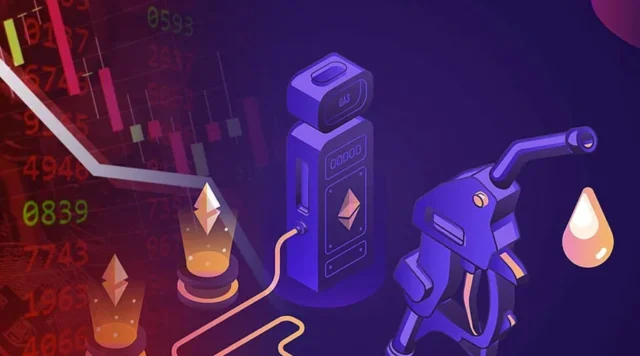
Rollups
Rollups are a type of Layer 2 solution that aim to improve Ethereum’s scalability by moving transactions off-chain.
By using Ethereum as the base layer and inheriting its security and decentralization, rollups allow users to make transactions without congesting the Ethereum network. We call Ethereum “Layer 1,” while a rollup is built “on top of it” as a Layer 2, expanding its original capabilities.
Logarithmic Finance Decode the System
Logarithmic Finance (LOG) has expertly crafted a code architecture that reduces gas fees by 80%, making it one of the most efficient blockchain platforms available. LOG’s code is so well designed that it allows for reduced gas fees while still maintaining the security and functionality of the platform.
The Power of Solana (SOL)
Solana uses a proof-of-stake verification process, which requires significantly less energy than traditional proof-of-work systems. As a result, Solana transactions are much cheaper and more environmentally friendly.
SOL USDT has quickly become one of the most popular pairs on the Solana network due to its numerous benefits. For one, SOL USDT is much more efficient than other SOL pairs, allowing users to save on gas fees.
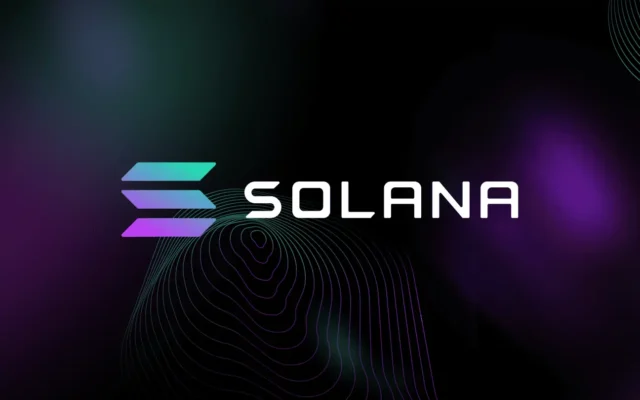
The Potential of Stellar (XLM)
Stellars (XLM) utilize a consensus protocol, which allows for lightning-quick transactions that shorten processing power resulting in low gas prices. Because of XLM’s dependability and low fees, users are more likely to continue their use of the service. Aside from that, the XLM price is also very reasonable, which guarantees satisfaction for all involved in the process
Is it Important?
In a blockchain network like Ethereum, computers use electricity to compute and verify transactions taking place on the network. This consumes energy and resources, which costs money.
The people who pay for the electricity and maintain the computers used for Ethereum should be compensated for their efforts in keeping the network functioning properly and to prevent unauthorized tampering with the blockchain or theft.
Wrap it Up
Gas fees help to keep the blockchain running smoothly by funding its operations and are an essential part of the Ethereum ecosystem as they play a vital role in keeping the network secure and functioning properly.
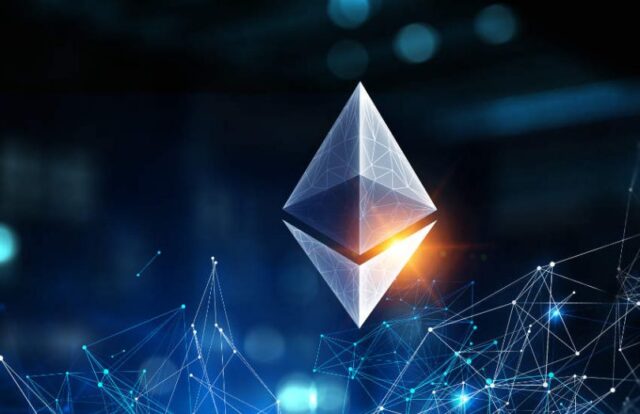
Overall, understanding crypto gas fees is critical for anyone interested in taking advantage of cryptocurrencies and blockchain technology since the costs associated with such activities must be carefully accounted for before committing any funds towards a project or operation; luckily however these costs are often far lower than those associated with traditional means thanks to increased efficiency and decreased reliance upon intermediary organizations as provided by distributed ledger technologies (DLT). Hopefully this article gave you enough insight into understanding how crypto gas fees work so that you’re better equipped when engaging in transactions involving digital coins and tokens!









